For a beautiful, long flowering indoor violets need good caresuitable lighting and temperature conditions. But the main condition is proper irrigation. Drying soil in a pot or too frequent, heavy watering cause diseases and stop flowering. The frequency and method of hydration is selected in accordance with the season and period of the plant’s vegetation.
Content
Signs of the need for watering
From a lack of moisture, indoor senpolias become painful. They quickly fall buds. Blossoming flowers turn yellow, dry and curl. The leaves of violets also gradually lose turgor, acquire a brown tint and die off. The need for watering is judged by the general condition of the plant. Standard tips for watering indoor flowers once a week in the case of violets may not work.
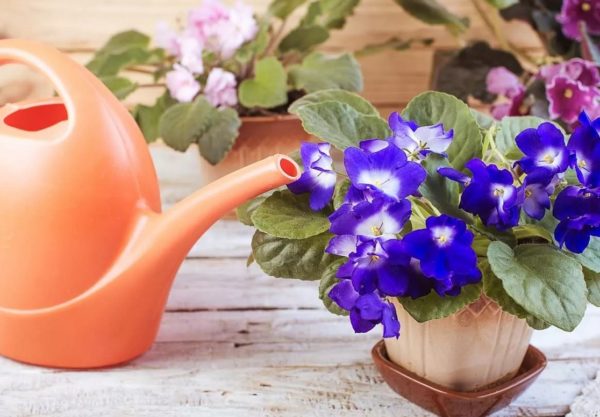
Senpolia tolerates excess moisture much worse than drying out the soil. Often the soil dries in the upper layer, but remains moist at the bottom. Therefore, to determine the need for watering, carefully, trying not to damage the root system, pierce the soil in the pot to the bottom with a wooden stick. If it is wet, you can wait with irrigation.
The following criteria are used to determine the frequency of irrigation:
- The better the plant is lit, the greater its need for moisture. With a short daylight, all processes are inhibited and less water is needed.
- The higher the temperature in the room, the more often the violet is watered.
- Humidity is maintained at 50%. If the air is drier, the plant needs frequent watering.
- Frequent irrigation is needed for young violets. As the senpolia grows older, the number of irrigations is reduced.
- During flowering, violets need more moisture.
- The size and material of the pot also affects the frequency of irrigation. Plastic containers hold moisture longer. In clay pots, additional evaporation occurs through microscopic pores in the walls. The soil in a small tank quickly gives off moisture and needs more frequent watering.
- If the soil in the pot is dense, moisture lasts longer than in loose soil.
- With a well-developed root system, fully occupying the volume of capacity, evaporation is faster.
Watering Methods
For senpolia use soft, slightly heated water. It is pre-sedimented for several days and boiled or filtered with a household filter. You can take melted snow or rain fluid to moisturize. In an extreme case, tap water is taken, having previously reduced its hardness. To do this, add 1 tsp for each liter of liquid. lemon juice or vinegar.
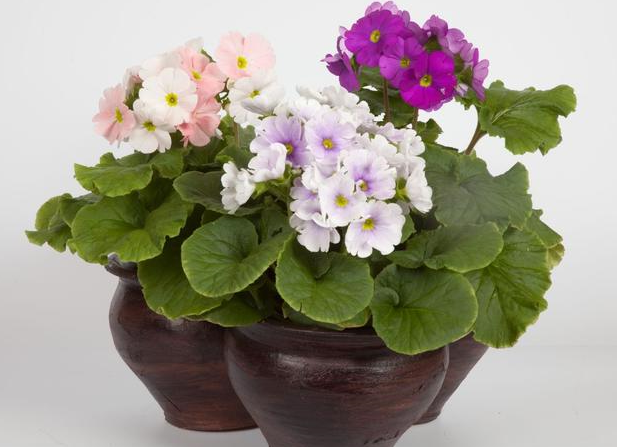 You may be interested in:
You may be interested in:Unlike many other indoor plants, the method of irrigation from above is not suitable for violets. If moisture gets on the growth point or leaf plates, the process of decay begins, and the flower dies. For the same reason, foliage spraying is not suitable for senpolia. There are several irrigation methods applicable to indoor violets.
Wick
 To carry out such irrigation, you will need a rope or tape made of natural fabric. One end of the makeshift wick is inserted into the drainage hole at the bottom of the pot. The second is lowered into a bucket of water. The pot with senpolia is placed above the liquid level. Its bottom should not touch water.Gradually, the liquid rises along the wick and soaks the soil in the pot.
To carry out such irrigation, you will need a rope or tape made of natural fabric. One end of the makeshift wick is inserted into the drainage hole at the bottom of the pot. The second is lowered into a bucket of water. The pot with senpolia is placed above the liquid level. Its bottom should not touch water.Gradually, the liquid rises along the wick and soaks the soil in the pot.
The disadvantages of wick watering include:
- inability to use for all varieties;
- can not be used in winter, since the liquid cools quickly;
- not suitable for adult plants in large containers due to the strong growth of the root system and rapid evaporation of moisture.
Immersion
For irrigation in this way, the pot with senpolia is placed in a wide container with warm water. The liquid level is adjusted so that the flower container is closed 1/4 of the height. After a few minutes, the substrate in the pot is saturated with moisture.
Then the flower is taken out and put on the grate so that the glass is excess moisture. This method is good in that the substrate does not absorb excess liquid.
When using this method of watering, it is undesirable to put several pots in one pan at once. If there are patients among the plants, the infection will spread to other flowers through the liquid.
Into the pallet
It is more convenient to water the plants in a pan. In this case, warm water from the watering can is poured into the pan on which the flower stands. Liquid seeps through the drainage hole and gradually impregnates the soil. With this watering, the plant regulates the required amount of moisture on its own. Half an hour after watering, the remaining water from the pan is drained.
Thin watering can
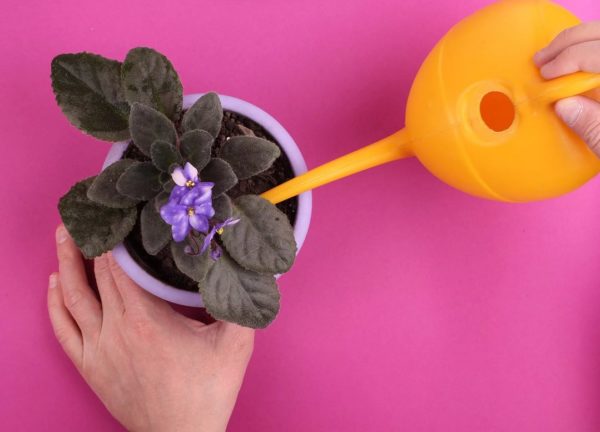 In this case, the violet is watered from above. To protect the plant from moisture on the leaves, use a watering can with a thin long nose. With its help, the plant is poured with warm water under the root, protecting the foliage from excess moisture. You can use a syringe instead of a watering can. The liquid supply is continued until water flows out from below. After waiting 20 minutes, the remainder from the pan is drained.
In this case, the violet is watered from above. To protect the plant from moisture on the leaves, use a watering can with a thin long nose. With its help, the plant is poured with warm water under the root, protecting the foliage from excess moisture. You can use a syringe instead of a watering can. The liquid supply is continued until water flows out from below. After waiting 20 minutes, the remainder from the pan is drained.
Features of watering
In summer, violets are watered in the morning. At this time, the sun's rays do not shine brightly and the liquid evaporates slowly. In the cold season, humidification is carried out during the day. To do this, choose the same time. In the summer, when the room is too hot and low humidity, watering is carried out daily. In winter, humidification is carried out depending on the state of the soil from 1 to 3 times a week.
If the plant is transplanted into another pot, the soil is abundantly moistened. The liquid introduced at this moment is sufficient for a long time. Therefore after transplant violets first irrigation is carried out after 7-10 days. Further humidification is carried out as the soil dries in a pot. Immediately after transplantation, the wick method is not used. A flower needs 3 to 4 weeks to take root in a new pot.
During the preparation of the senpolia for flowering, the moisture regime is changed. A flower needs large volumes of water. Therefore, the frequency of irrigation is increased to support long and plentiful flowering. The need for an additional portion of the liquid is determined by the color of the soil substrate. Too dark a shade says that there is still enough water. If the soil becomes light, water the flower.
In addition to water, during the flowering period of the violet, liquid top dressing is necessary. Therefore, twice a month, irrigation is carried out with the addition of complex mineral fertilizers for violets. As an additional top dressing and to prevent the development of diseases, a weak pink solution of potassium permanganate is sometimes prepared.
 You may be interested in:
You may be interested in:Proper irrigation is very important for indoor violets. Errors in hydration lead to stunting, stopping flowering, or disease. For irrigation of a domestic flower, a method of immersion or moistening in a pan using soft warm water is used.

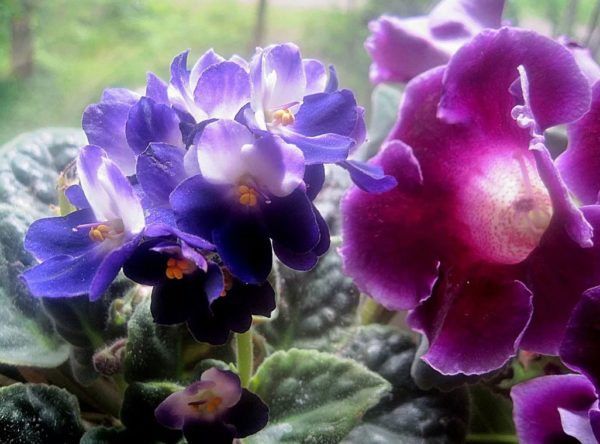
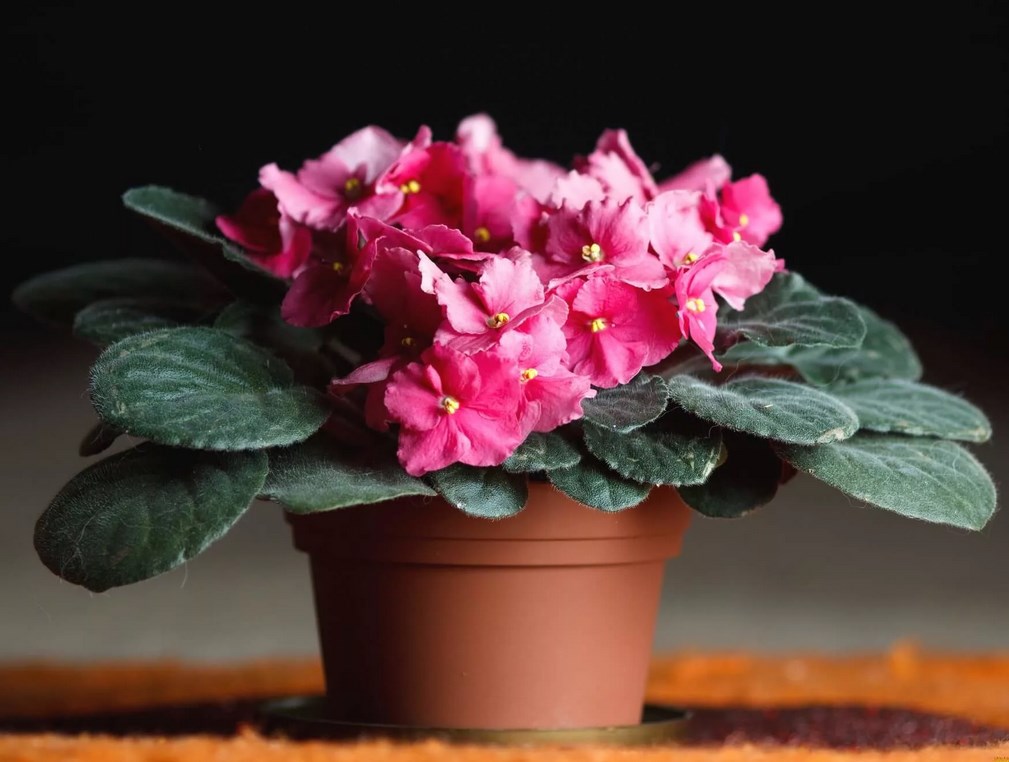
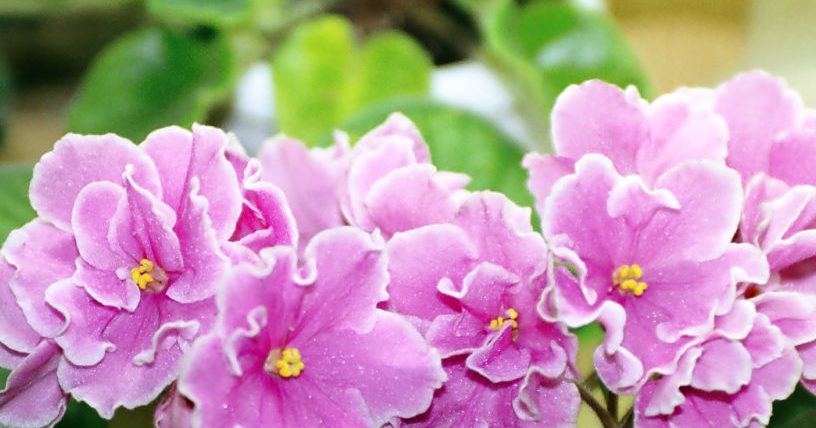
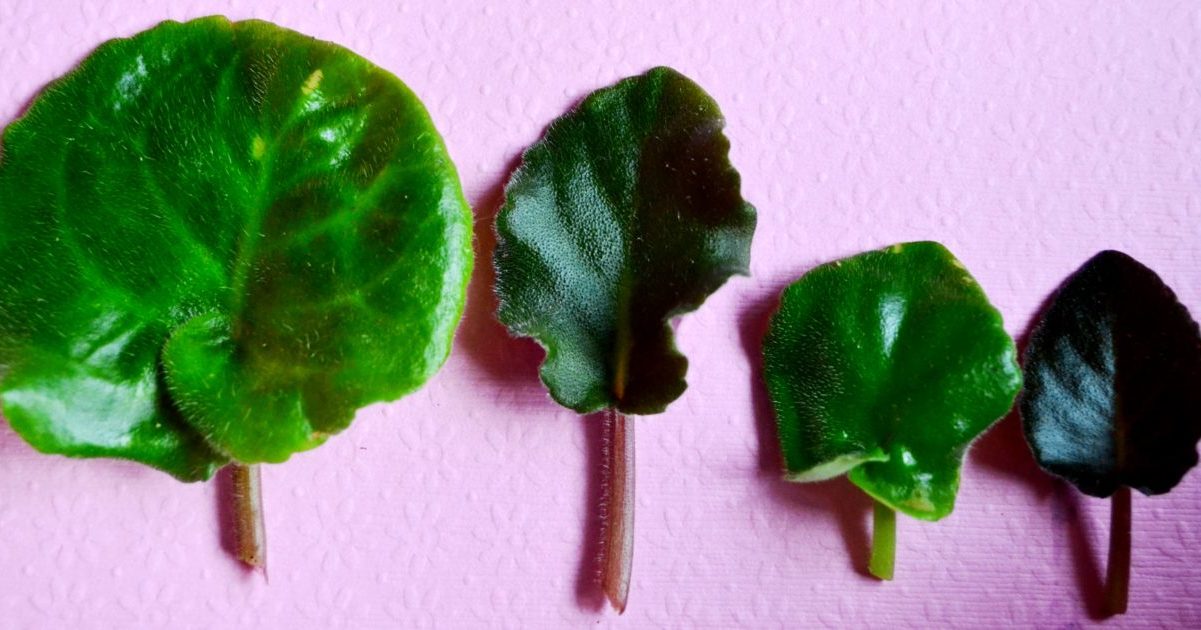
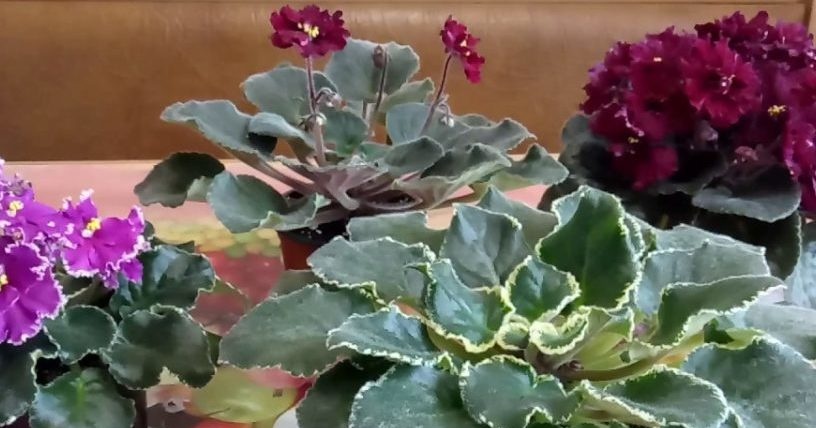 Why violets do not bloom - what to do to bloom and how to fertilize?
Why violets do not bloom - what to do to bloom and how to fertilize?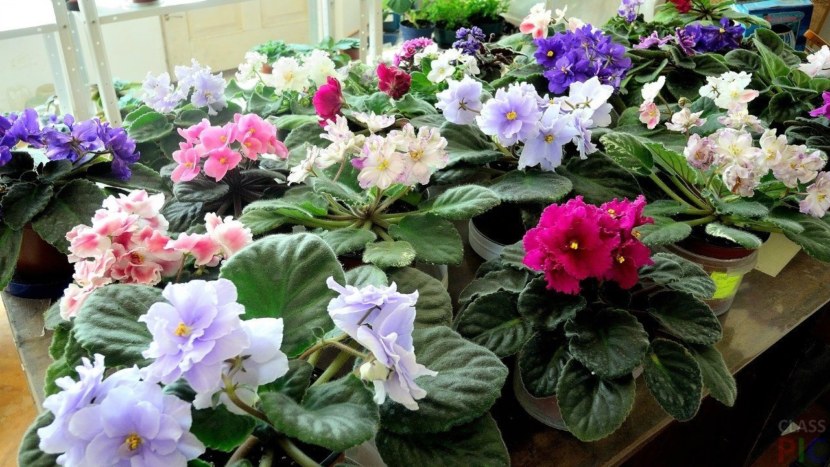 Indoor violet: proper care, pruning, reproduction at home
Indoor violet: proper care, pruning, reproduction at home